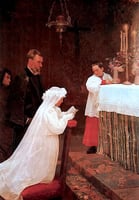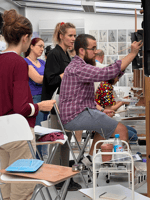Pablo Picasso is one of the most famous painters in the world and his art continues to be admired...
Thyssen-Bornemisza Museum: The World's Largest Collection of European Art
The Thyssen-Bornemisza museum has long emphasized its mission of presenting its collection through various activities and programs aimed at diverse audiences. This is a crucial goal that ensures that they provide quality and innovation to our guests and partners. The museum seeks to achieve simplified administrative administration by maximizing income while limiting required expenditures associated with providing a diverse cultural offering.
They are devoted to become a leading example of a Spanish cultural institution via open and effective administration.
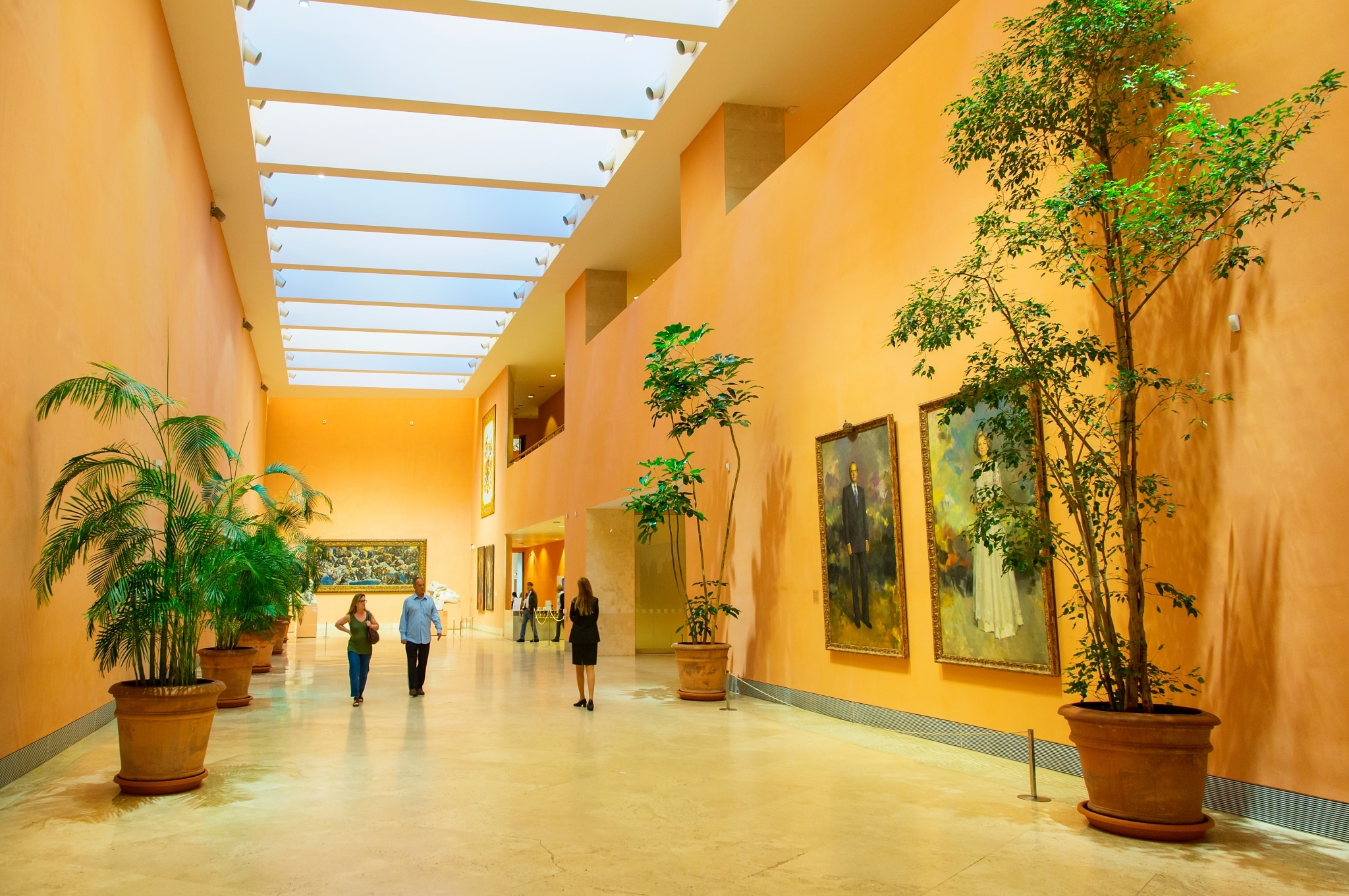
Discover the History
The Thyssen-Bornemisza Collection Charity was established in 1988 as a public foundation. It is in charge of the museum's management, conservation of its works, research, public displays, and promotion of artworks purchased by the Spanish State in 1993. Since 2004, it has been in charge of Carmen Thyssen-Bornemisza Collection, which is on long-term loan to the Spanish government, and the development of Villahermosa Palace. Since it first opened its doors to the public in 1992, the museum has hosted many temporary exhibitions, educational events, and cultural and economic activities.
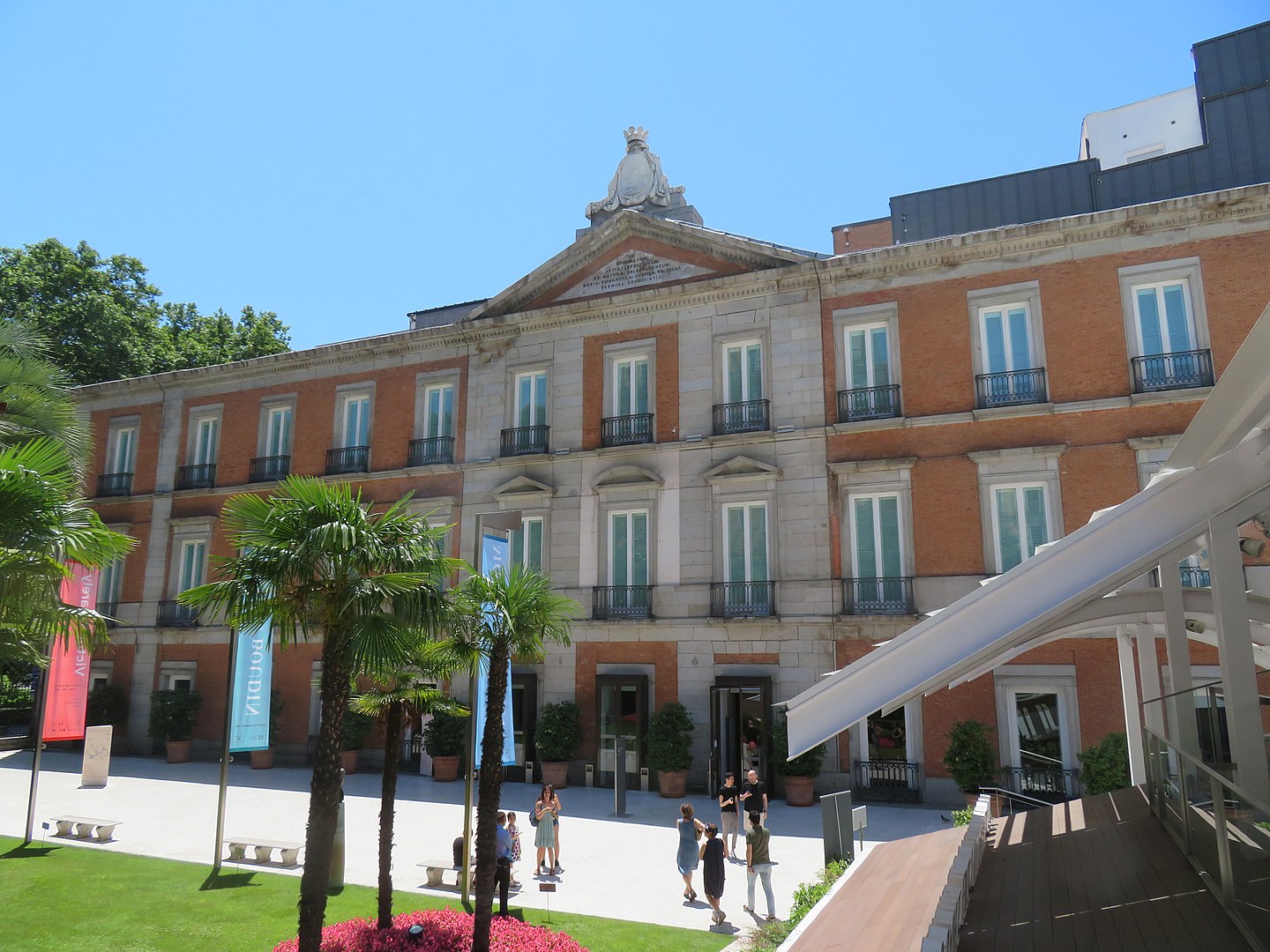
Collection of the Museum
The Museo Nacional Thyssen-Bornemisza holds one of the most important and diverse collections of Western paintings globally. Van Eyck, Dürer, Titian, Caravaggio, Rubens, Rembrandt, Canaletto, Monet, Degas, Morisot, Cézanne, Van Gogh, Picasso, Kirchner, Kandinsky, Goncharova, O'Keeffe, Hopper, Dal, and Pollock are just a few of great masters depicted.
The privately assembled Thyssen-Bornemisza Collection, acquired by the Spanish state in 1993, was meant to be as diverse as that of a museum. Its encyclopedic collections cover major European and American styles from the fourteenth to twentieth centuries, providing an overview of Western art.
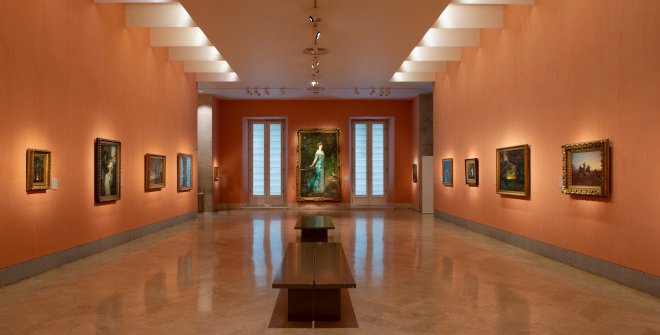
History of the Building of Art
The Museo Nacional Thyssen-Bornemisza enjoys a prime site in Madrid's historic centre, at the intersection of Paseo del Prado and Carrera de San Jerónimo. In the mid-sixteenth century, the region was still underdeveloped and consisted primarily of orchards. However, with the court's permanent relocation to Madrid in 1561, Philip II gave instructions for 'royal apartments' to be erected an opposite chapel of San Jerónimo is a place of refuge and enhanced the layout of the Prado Viejo (now the Paseo del Prado).
As a result, aristocratic families began to occupy contiguous pieces of property in the early seventeenth century. The Duke of Lerma, for example, had a palace erected on the current location of the Palace Hotel.
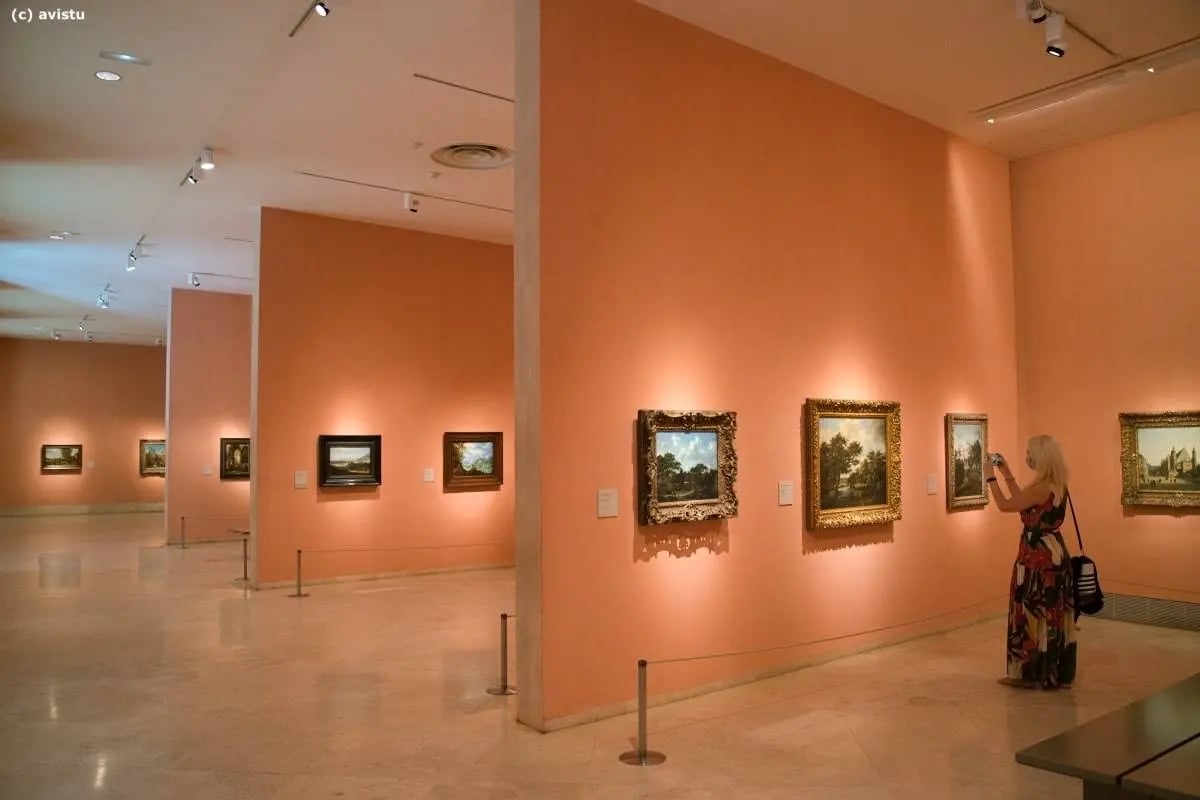
Why is the Museum one of the most preferred ones?
One of the museum's significant goals is to make its facilities and services accessible. Accessibility is incorporated into the museum's administration to understand that it is vital to sustaining the effort and progress forward.
The AENOR universal accessibility certificate recognizes the museum's efforts and dedication to the universal accessibility of its facilities, services, and actions and an incentive to continue developing the right of persons with disabilities to participate in its activities.
The Thyssen Bornemisza Museum Collection Foundation, dedicated to conservation, study, exhibition, and dissemination of MuseoThyssen-works Bornemisza's of art, has fulfilled its commitment to transparency as a public sector institution start, publishing its yearly audited accounts in the official government gazette (Boletín Oficial del Estado).


